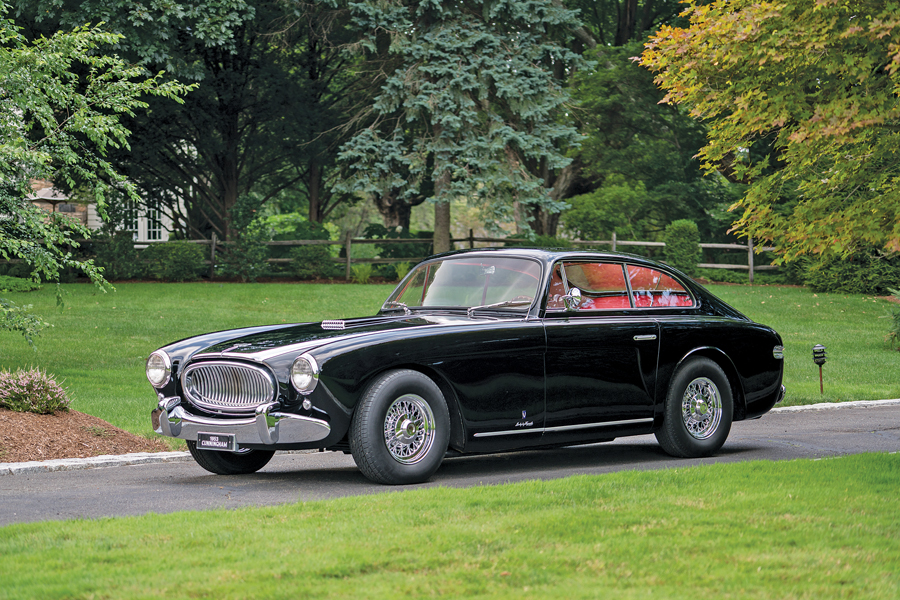- The personal car of Briggs Cunningham; retained by him and his family for 61 years
- One of just 25 Vignale-bodied C-3s produced
- A well-maintained original car, currently registering 10,097 miles
- Winner of the Historic Vehicle Association (HVA) National Automotive Heritage Award
- Researched by Cunningham historians Tom Cotter and Larry Berman
- The most significant extant C-3, with unbeatable provenance and originality.
Chassis Number: 5223

